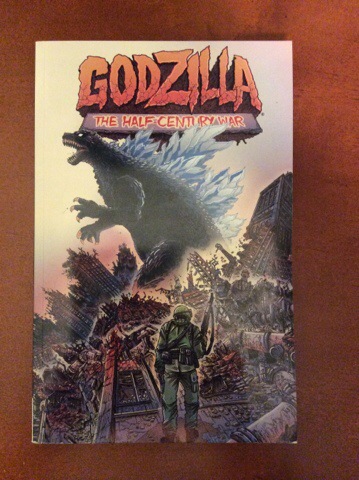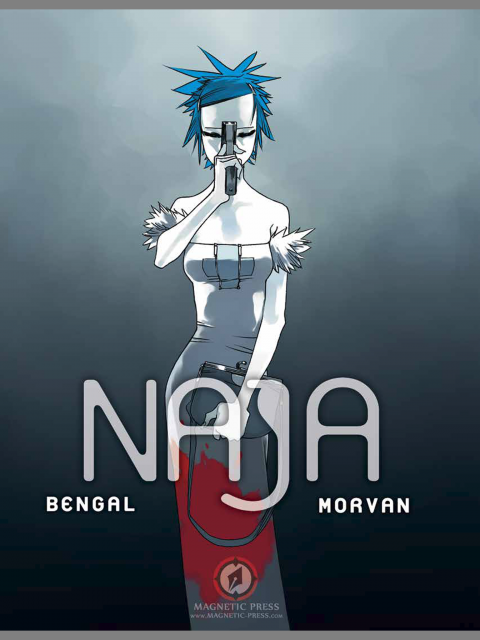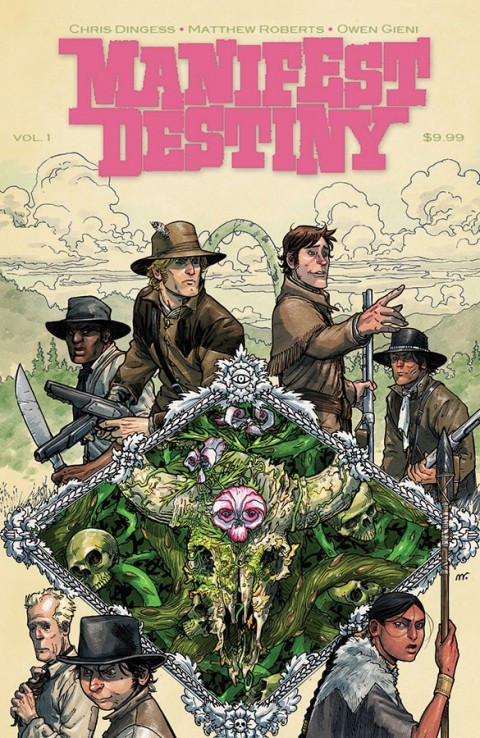
By Nick Spencer; art by Riley Rossmo; colors by Frazer Irving
BEDLAM #1-6 represents the first arc of the series, as well as the complete run of artist Riley Rossmo, who leaves the series after issue #6 due to “creative differences” with writer Nick Spencer, stating something along the lines of needing more creative input into the story or else he loses interest. Issue #7 comes out in May, and will both kick off a new story arc and introduce new series artist Ryan Browne, a relative newcomer with a basketful of art credits to his name. But BEDLAM has more problems than just a shake up in the creative team.
I’ll admit, I picked up BEDLAM mostly for Rossmo’s art. I’ve reviewed a couple of his books for this site, and I find that his style leaps off the page and works especially well in horror. I haven’t really been impressed with Spencer’s collaboration with Robert Kirkman on THIEF OF THIEVES, but his work on MORNING GLORIES has been met with almost universal critical acclaim. So BEDLAM had a pretty good creative team heading in.
The story is basically a more complicated retelling of A CLOCKWORK ORANGE, in that a supervillain is pseudo-lobotomized in an experiment to see if he can be good. After, he’s released into the wild and ends up helping a lovely female detective named Acevedo track down the perpetrator of another series of brutal murders. The writing itself is quite entertaining, striking a balance between the heavy subject matter and the light tone that Madder/Fillmore brings.
Madder Red/Fillmore’s nonchalant forthrightness is expressed well in both dialog and facial expression. Other characters are a little more one dimensional, from Acevedo to the especially alien The First, a superhero whose face is never shown and whose actions are a bit robotic, probably as some kind of mirror image to Madder Red’s very organic and virile brand of evil.

Madder Red is basically The Joker turned up to 11. He’s a psychopath, killing innocents in a game of his own design. The series left a bad taste in my brain right after issue #1, in which Madder Red ruthlessly and with wry witticisms slaughters a theater full of adults and children alike. I read this comic either shortly before or shortly after the Newtown, Conn., shootings in December 2012, and it couldn’t have been more ill timed. I’m not sure it would be appropriate at the best of times, but I suppose the point was to show that Madder Red was not your everyday comic book villain. His acts were quite evil. I stuck with the story anyway, because despite its seeming tastelessness, I wanted to give the creators the benefit of the doubt, and I’ll admit I was intrigued by the concept.
Madder Red’s capture and “treatment” are still a bit of mystery, but nevertheless his latter day incarnation, Fillmore, is a fair bit different. He’s mild-mannered to a fault, and it’s unclear what he spends his days doing before volunteering for duty as an amatuer slueth alongside Acevedo, who never fully trusts him. His past a secret, Fillmore is helpful, even likeable, and his connection to his former self is so tenuous as to make him seem a different character altogether. Again, I suppose that is the point. But I wish there were a bit more continuity between the masked demon he used to be and the red-headed helper he becomes.
The book poses (on the cover, even) the question of whether evil is “just something you are or something you do.” There’s less of a moral statement here than in A CLOCKWORK ORANGE, which had a pretty straightforward message: you can’t make someone good just by making it so they can’t be bad. An orange is juicy and fleshy and can’t be faked with gears and pinions.

By the end of issue #6, Spencer seems to suggest that Madder Red’s evil nature has been entirely transformed into the intelligent-but-pretty-nice Fillmore. Whether altering people in this way is good or bad never really gets addressed. But for me, Fillmore’s voluntary intervention in the murder investigation makes him a heroic figure, and quite different from his violent and evil past self. So what does it matter that he’s the same flesh and blood? He’s clearly not the same person, at least not at the end of issue #6.
There’s a glee to the violence in BEDLAM that even I find a bit gratuitous. Perhaps there’s just something that I can’t find entertaining about using child murders as a plot device. But again, I have to think that Spencer intended that reaction in some way. Revolt is an emotion like joy or pride, and to evoke any emotion using art is an accomplishment that I can get behind.
This first arc of BEDLAM is overall a very beautiful and mostly satisfying story. It will make a handsome hardcover someday. But I think issue #6 is where I get off, partly because I’ll follow Rossmo to his next project (his anthology series DIA DE LOS MUERTOS has been stellar) and partly because I’m not sure I can stomach any more flashbacks to Madder Red’s earlier days of terror.



